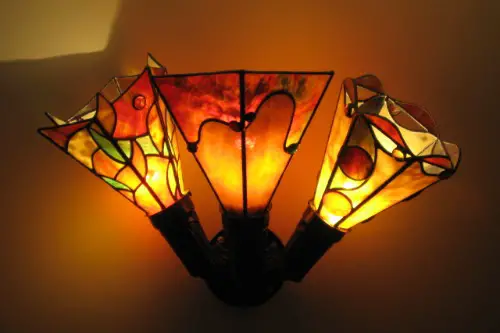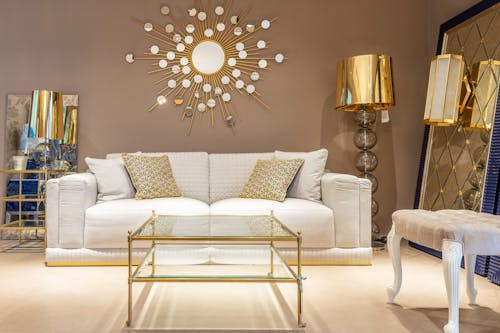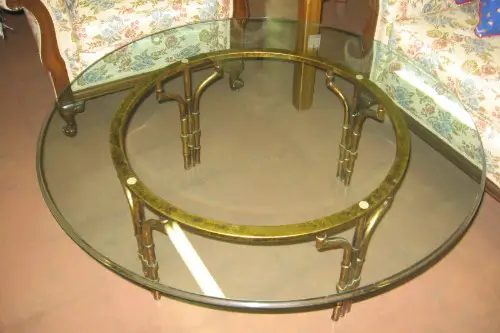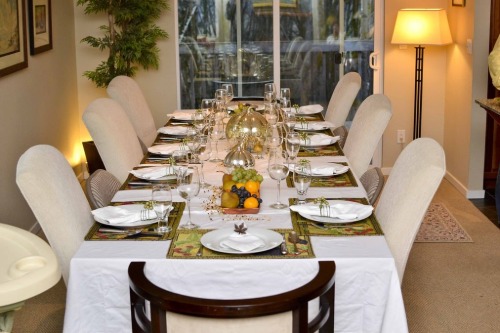1. No Overhead Lighting

It might seem trendy to skip a statement light fixture or go ultra-minimal with a few sconces, but dining rooms really need proper overhead lighting. Without it, the table can feel dim or shadowy, especially during evening meals. Mood lighting has its place, but families need to see what they’re eating—and maybe what their toddler just sneaked under the table. Plus, overhead lighting defines the dining area, anchoring it visually in open floor plans.
A pendant or chandelier over the table adds both function and style. Without it, even beautifully designed spaces feel incomplete or underlit. You don’t need something overly fancy, just something intentional. It’s one of those things you don’t realize you’re missing until it’s gone.
2. All-White Everything

A dining room coated in white walls, white upholstery, and white rugs might look stunning in a design magazine, but it’s a recipe for anxiety with real families. One spill—be it spaghetti sauce or grape juice—and the pristine look is instantly ruined. White furniture, especially when it’s fabric, doesn’t stand up to daily use, especially if you have kids or pets. You’ll spend more time cleaning than actually enjoying meals.
The stress of maintaining the space can even make mealtimes feel more tense than relaxing. Families need spaces where it’s okay to drop a fork or knock over a cup without disaster. Add to that the fact that white can feel cold or clinical, and it’s not exactly the warmest environment for bonding. A forgiving color palette just works better in real life.
3. Benches Instead of Chairs

Benches might seem like a space-saving, communal option, and they photograph well in rustic farmhouse settings. But without back support, they’re uncomfortable during long dinners or homework sessions at the table. Older adults and young kids often find them hard to get on and off, especially when they’re seated in the middle. If someone needs to leave the table, everyone else has to scoot or stand up.
For real families, that’s a lot of unnecessary choreography. And forget about lingering at the table for post-dinner conversations when your back’s already sore. Individual chairs allow for more flexibility and personal space, which actually encourages people to hang around longer. Comfort shouldn’t be sacrificed for aesthetics.
4. Glass Tabletops

Glass dining tables can look modern and sleek, but they’re magnets for fingerprints, smudges, and scratches. With daily use, especially by children, it’s nearly impossible to keep them looking clean for more than five minutes. They’re also prone to chipping at the edges, and while tempered glass is safer, it still doesn’t take kindly to heavy dishes or dropped cutlery. And let’s not even talk about the sound of a metal utensil hitting that surface—loud and jarring.
In practical terms, it’s just not a kid-friendly or stress-free choice. Plus, the transparency means any clutter, crumbs, or chaos underneath is always on display. A wood or composite top hides wear and tear more gracefully, and it doesn’t scream every time someone sets down a plate. Real families benefit from forgiving materials that don’t demand constant policing.
5. Oversized Tables in Small Rooms

A massive dining table might seem like a smart idea for hosting, but if it overwhelms the room, it just doesn’t work day-to-day. When there’s barely room to pull out a chair without bumping a wall, everyone ends up feeling cramped. You also lose essential walking space, making the whole room feel awkward and congested. It becomes more of an obstacle course than a welcoming place to eat.
And unless you’re entertaining large groups every week, the extra size often goes unused. A better approach is a table that expands when needed but stays compact most of the time. Functionality over fantasy wins in the long run. No one wants to squeeze sideways just to refill a glass of water.
6. Velvet or Suede Upholstery

Luxurious fabrics like velvet and suede make a striking impression, but they’re notoriously hard to clean. One spill or sticky fingerprint, and suddenly you’re Googling specialty cleaning solutions. These fabrics absorb moisture quickly, making them prone to stains and discoloration. And don’t forget how much dust and pet hair they attract.
In homes with kids or pets, that’s a losing battle. Even if you’re diligent about wiping hands and banning crayons from the table, accidents happen. Durable, wipeable materials like faux leather, performance fabric, or even wood hold up far better over time. Style doesn’t have to mean sacrifice.
7. Open Shelving for Dishware

While open shelving looks great in styled photos with color-coordinated ceramics, it’s a dusting nightmare for everyday life. Plates, bowls, and glasses left out in the open collect dust, grease, and even kitchen odors over time. Unless you’re cleaning them before every use, it’s not exactly hygienic. Plus, shelves tend to become catch-alls for clutter, despite best intentions.
Closed cabinetry hides the mess and protects your dishes from airborne grime. It also lets you stash the mismatched mugs and novelty plates that actual families accumulate. A mix of practicality and aesthetics is ideal—maybe one open shelf for decor, and the rest closed. Real life needs storage that’s as low-maintenance as possible.
8. Fragile or Fancy Decor as Centerpieces

Centerpieces made of delicate glass, tall candles, or elaborate floral arrangements might look elegant, but they just get in the way. Kids knock them over, they block conversation, and they usually end up being pushed aside for homework or family games. If it can’t survive a minor elbow bump, it probably doesn’t belong on the daily dining table. Worse, some pieces are so fragile they cause anxiety just by existing near small hands.
A better option is something low, simple, and sturdy—like a wooden bowl with seasonal fruit or a compact plant. It adds interest without dominating the table or getting in the way. Real families need space to spread out plates, homework, and conversations. A dining table should serve life, not just look pretty in photos.
This post 8 Dining Room Designs That Don’t Work With Real Families was first published on Greenhouse Black.
